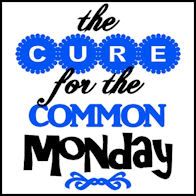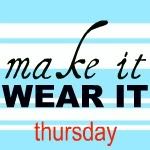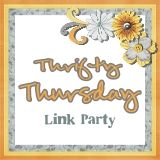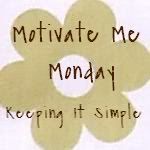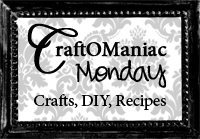A friend of mine recently purchased her first house. I really wanted to send her a little housewarming gift and I immediately thought of Citrasolv dish towels. Now, I am going to show you had to make your own.
Citrasolv (found at health food stores, I found it at Whole Foods)
Flour Sack Dish Towels (or any fabric or fabric surface if you aren't making dish towels)
Cotton Balls
Laser Jet Printer (Ink Jet will not work)
Scissors (or something with a smooth surface to use during the transfer)
Step 1: Create your design. I created an Audrey Hepburn design with one of her quotes using Publisher. I created a poster using the dimensions of my flour sack towel. Publisher will split the design up into several pages that create a large poster. The other way to do this (and probably the easier way) is to create parts of your design on each page and piece it together when transferring the design. The hard part about the way I did it is making sure you line up the design perfectly.
IMPORTANT: Make sure to print your design in reverse. The easiest way I have found to do this is create the design on Publisher. Once you are done creating, click "Select All" from the Edit drop down menu. Roll your mouse over the design and right click. Select "Save as Picture" Then open a new publisher project and insert the picture you just saved. Then reverse the image by selecting the "Arrange" drop down menu, "Rotate or Flip" menu and select Flip Horizontal.
Once you have your printed design, lay it out under the flour sack towel to make sure you have lined up in the area you want it and you can see how the final design will appear. (It's hard to see in this picture, but I promise it's there.) Now, lay it out on top of the flour sack so you know where to transfer each sheet.
I like to start in the middle and work my out from there. Set all the other sections of the design off to the side. Don't mix them up, you don't want to forget which one goes in which spot.
The way these print on publisher, each sheet will line up to the next one with a slight overlap. Make sure it lines up both at the top and the bottom to help make sure you end up with an even design.
Lay the sheet face down on the towel. Wet the cotton ball with Citrasolv (don't soak it, you don't want to immerse the paper, just moisten it). Rub the cotton ball over the printed part of the paper.
Use a smooth surface (like the handle of a pair of scissors) to rub the entire design. This will help transfer the design. The more pressure you apply, the darker the transfer will be. When you think you have covered the whole area, hold one side of the paper in place and carefully lift up the other side to make sure it looks right. If not, lay the paper back down (making sure it is in the same spot) and try again.
Repeat this with each page until you have completed the whole design.
I made a couple more so I can send a full set of towels as a housewarming gift.
I hope she likes these as much as I do. I was so excited with how they turned out, that I decided to make a few for myself. And now it's your turn. Enjoy!
















